=^..^= MCATS =^..^= |
The overview below shows the number of cardiac ultrasound examinations that were published in the Pawpeds database up to February 2020. Only breeds with at least 100 test results submitted are taken into account. In terms of the number of examinations, the Maine Coon is well ahead, as many Maine Coon breeders participate in the Pawpeds health program and have their cats examined regularly.
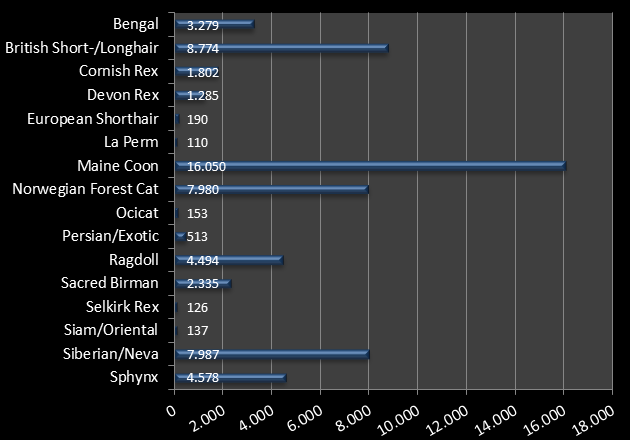
The following percentage of these examinations was conspicuous, divided into HCM positive findings (HCM), other heart diseases (Other) or borderline findings that have to be checked again (Equivocal). From this it can be seen that HCM and other heart diseases occur in almost all breeds of which test results are available. The Maine Coon is in the midfield, there are some breeds that are more affected and other breeds that are less affected.
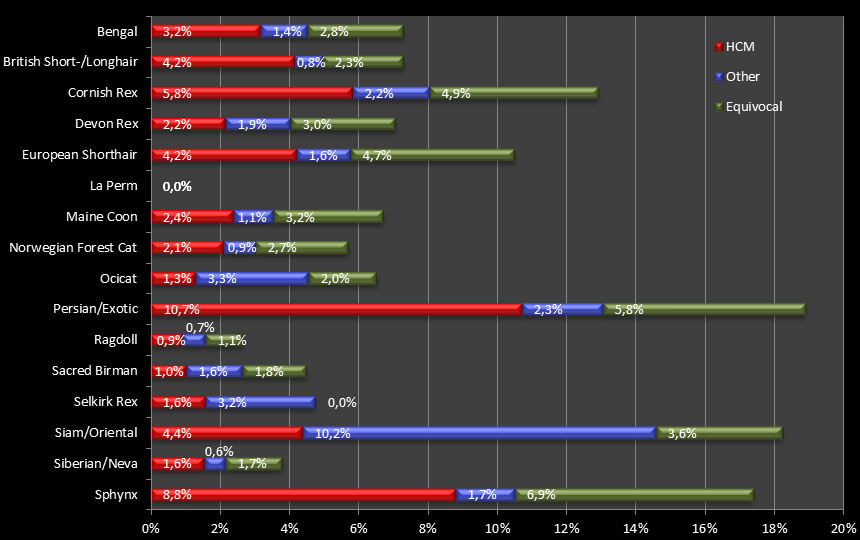
The submitted test results for the Maine Coon breed are distributed as follows between 1998 and 2019. For 2019, not all test results have yet been fully received and recorded.
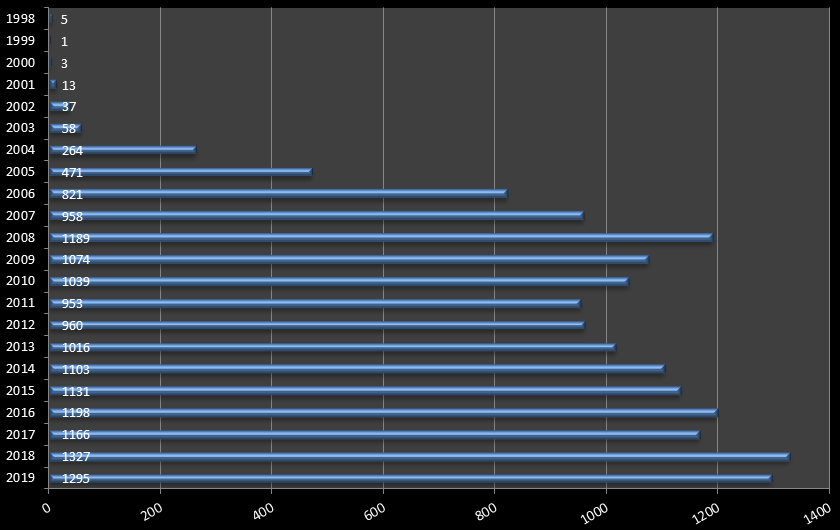
The following percentage of the Maine Coon examination results was conspicuous per calendar year, divided into HCM positive findings (HCM), other heart diseases (Other) or borderline findings that have to be checked again (Equivocal). Due to the small number of reports submitted in the first few years, the results for the years 1998-2003 are summarized here. Overall, this overview shows that the breeders participating in the health program were able to significantly reduce the frequency of HCM cases in their lines. In lines that are not ultrasounded regularly and over generations, this probably looks different.
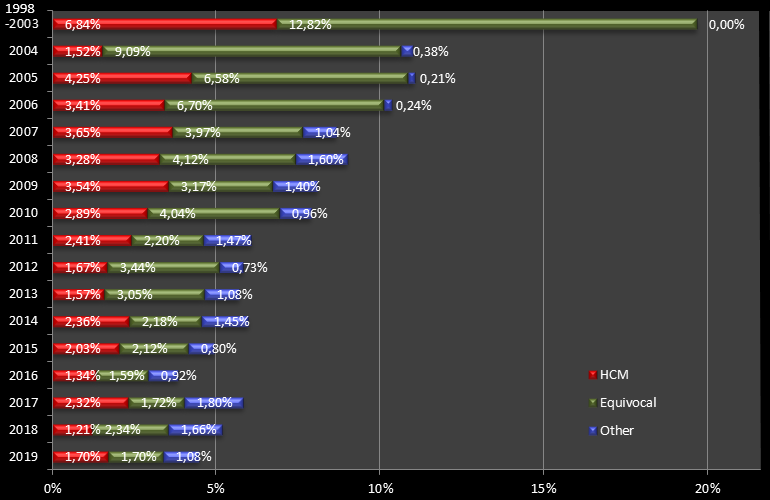
Most examinations take place at the age of one year, which makes sense because cardiac ultrasound should be carried out before the first breeding. After that, the number of examinations continues to decrease with each year of life, which is unfortunately due to the fact that some breeders believe that a normal sound result with one year is sufficient. This is not the case, since congenital HCM usually only shows up on ultrasound during the course of life. Other reasons for the lower number of examinations in older age are cats that are no longer used for breeding or that for various reasons can no longer be scanned.
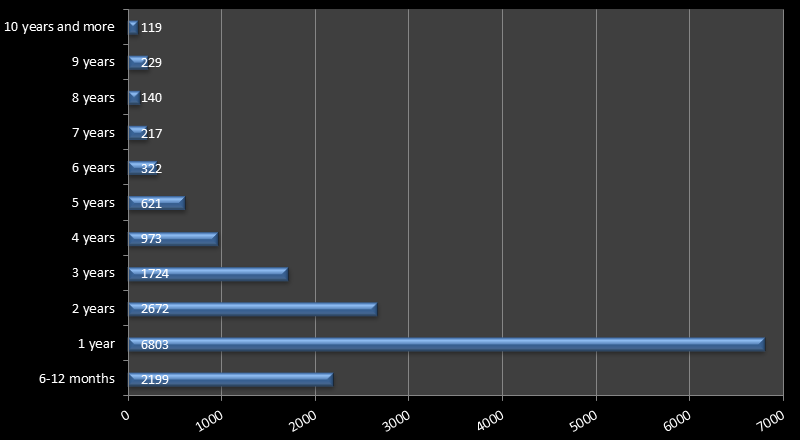
The next graphic clearly shows how important further ultrasound examinations are in older age. Only the first HCM positive ultrasound per cat was taken into account for this evaluation. After this, most cats were positive for HCM for the first time at the age of 4-7 years. A one-year heart sound is important to reveal congenital heart defects, or very severe cases of HCM. For the actual HCM diagnosis or exclusion, a sound at 4-7 years is significantly more important. The safest are lines that have healthy hearts at over 10 years of age, because even at this age congenital HCM can still show.
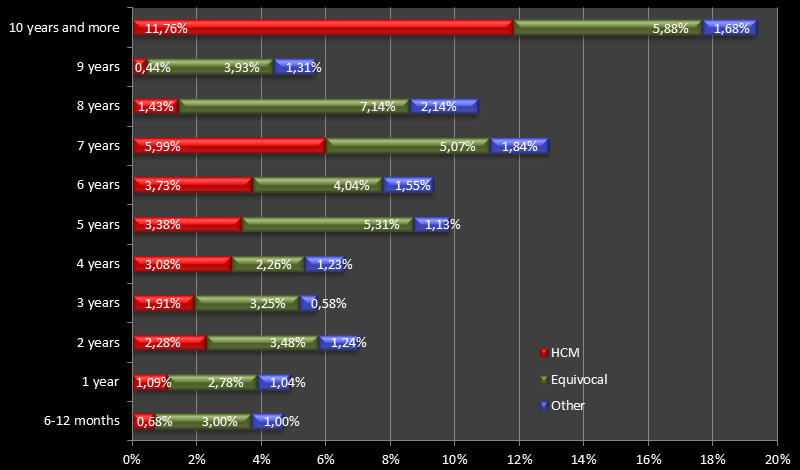
© Britta Singethan / mcats.de





